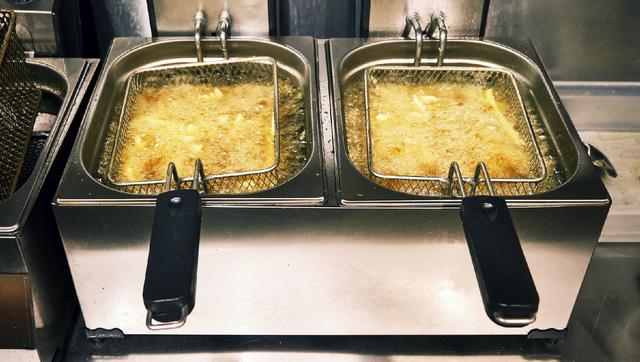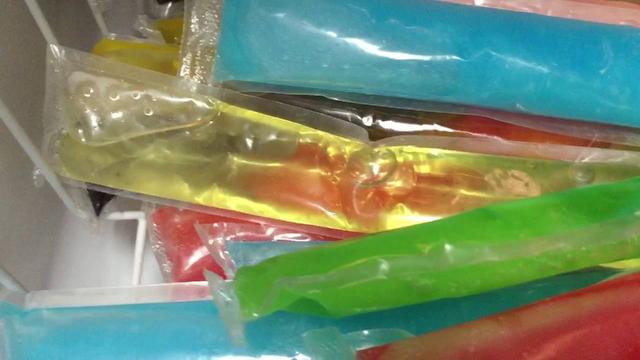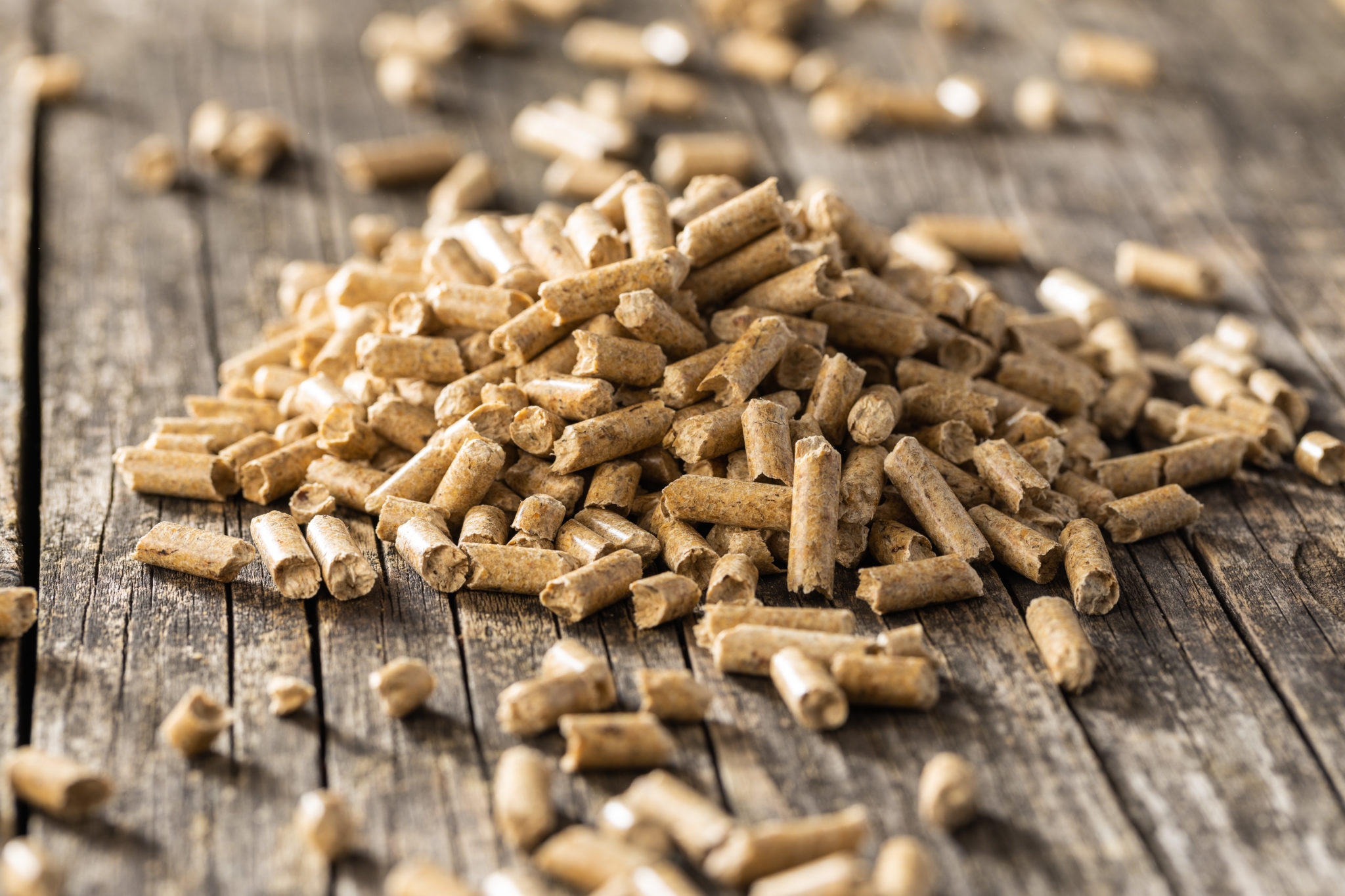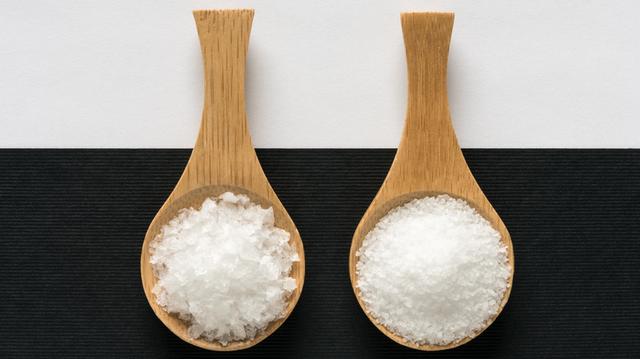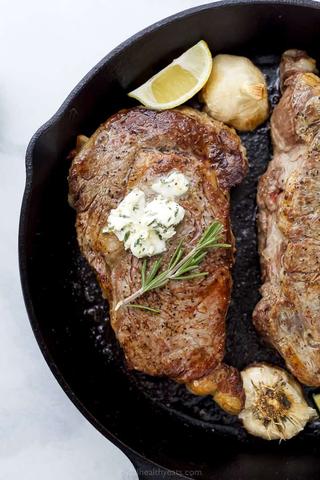
Introducing the Ribeye Pellet Grill: Elevate your grilling game with precision and flavor. This innovative grill combines advanced technology with the authentic taste of a ribeye steak, delivering juicy and perfectly cooked results every time. Say goodbye to guesswork, as the Ribeye Pellet Grill ensures consistent temperature control and even heat distribution for mouthwatering meals. Unleash your inner grill master and savor the unmatched satisfaction of grilling perfection with the Ribeye Pellet Grill.
HOW TO REVERSE SEAR THE PERFECT RIBEYE STEAK
The reverse sear method is a fantastic way to cook a ribeye steak to perfection. Start by seasoning the steak with kosher salt on all sides and letting it sit at room temperature while preheating your pellet grill or conventional oven to 200 degrees F.

Once the grill or oven has reached the desired temperature, place a meat probe in the thickest part of the steak and cook until the internal temperature reaches about 10 degrees less than your target temperature. For medium rare, this would be around 120 degrees F.
After reaching the desired internal temperature, sear the steak over high heat in a cast iron skillet for about 90 seconds to 2 minutes per side. This will create a beautiful brown crust on the steak. If desired, you can add garlic, thyme, rosemary, and butter to the pan for added flavor.
Let the steak rest on a wire rack for about 5 minutes before slicing. If you’d like, you can add a slice of compound butter to enhance the flavor even more. Enjoy!
WHY THIS METHOD WORKS
The reverse sear method is the best way to cook a thick ribeye steak because it allows the steak to come up to temperature slowly without forcing out the juices. By cooking the steak at a low temperature initially, it ensures that the meat cooks evenly from edge to edge, resulting in a perfectly cooked steak with no gray bands of overcooked meat on the outside.
Additionally, the reverse sear method creates a beautiful seared crust on the steak, known as the Maillard reaction. This chemical reaction between amino acids and reducing sugar creates a browning effect that adds depth of flavor and enhances the overall taste of the steak.
The method also gives you flexibility in terms of cooking equipment. While using a pellet smoker or conventional oven is ideal, you can still achieve great results by using indirect heat on a charcoal grill or Big Green Egg and then moving the steak directly over the coals for finishing.
WHAT IS THE REVERSE SEAR METHOD?

The reverse sear method is a technique used to cook meat, particularly thick cuts like ribeye steak, by first cooking it at a low temperature and then finishing it with a high-heat sear. This method allows the meat to cook evenly and retain its juices, resulting in a tender and flavorful steak. The low and slow cooking process brings the meat up to the desired internal temperature slowly without overcooking or drying it out. Once the desired temperature is reached, the steak is seared over high heat to create a delicious crust known as the Maillard reaction.
Using the reverse sear method ensures that the steak is cooked perfectly edge to edge, with no gray bands of overcooked meat on the outside. It also allows for better control over the cooking process and helps achieve consistent results. This method can be done using a pellet grill, conventional oven, charcoal grill, or big green egg. Additionally, different cuts of beef can benefit from this technique, not just ribeye steaks.
To prepare a ribeye steak using the reverse sear method, start by seasoning it with kosher salt and letting it come up to room temperature. Cook the steak at a low temperature (around 200 degrees F) until it reaches an internal temperature about 10 degrees less than your target doneness (e.g., 120 degrees F for medium rare). Then, sear the steak in a hot cast iron skillet or on a grill for a few minutes per side until you achieve a deep brown crust. Let the steak rest on a wire rack before slicing and serving.
Overall, the reverse sear method is considered one of the best ways to cook thick steaks while ensuring they are perfectly cooked with a flavorful crust.
DIFFERENT CUTS OF RIBEYE
When shopping for ribeye steak, you may come across different terms that describe the cut. These terms are often used for marketing purposes and do not have official definitions. Here are a few common cuts:
- Bone In Ribeye: This cut comes from the prime rib with the bone attached but without a handle.
- Boneless Ribeye: The rib bone has been removed from this cut. It is easier to cook in a pan, but thinner cuts may curl up during searing.
- Cowboy Ribeye: This cut is a bone-in ribeye with a 2-4 inch handle. The bone is typically drenched, meaning all of the meat has been removed, creating an impressive presentation.
- Tomahawk Ribeye: This cut is a bone-in steak with an 8-12 inch drenched bone attached. It is an extremely impressive cut that is often shared between 2-3 people.
HOW SHOULD I SEASON THE RIBEYE STEAK?
When it comes to seasoning a ribeye steak, simplicity is key. All you need is kosher salt to enhance the natural flavors of the meat. Before cooking, let the steak come up to room temperature and then generously season it on all sides with kosher salt. This acts as a quick dry brine, helping to create a delicious sear on the steak.
For thicker cuts of steak, don’t be shy with the seasoning. Make sure to season well on all sides to ensure that every bite is flavorful. However, it’s best to avoid using black pepper as it tends to burn and fall off when searing.
If you’re looking to add some additional flavors, you can experiment with herbs like rosemary and thyme. Many restaurants sear the steak and then add these herbs along with garlic and butter to the pan. Just make sure to add them towards the end of cooking so they don’t burn. Alternatively, you can prepare a garlic herb compound butter or even a Chesapeake Crab Butter to elevate the flavors of your ribeye steak.
ADDING HERBS AND BUTTER WHEN SEARING THE STEAK

When searing the steak, many restaurants choose to enhance the flavor by adding herbs like rosemary and thyme to the pan, along with a few cloves of garlic and butter. If you prefer to add these ingredients, it’s important to do so at the end of the cooking process to prevent them from burning. Additionally, turn off the heat when adding butter and herbs, as there will be enough residual heat to melt the butter without burning it. Alternatively, you can make a garlic herb compound butter separately and place it on top of the steak while it rests for added flavor. For an even more indulgent experience, try using Chesapeake Crab Butter.
After searing the steak either on a grill or in a cast iron pan, it is crucial to let it rest on a wire rack for about 5-10 minutes. To catch any juices released during resting, place a cookie sheet or half pan underneath. If there is any leftover melted butter in the pan, you can pour it over the top side of the steak for added richness. When searing in a hot cast iron pan, it is recommended to use high smoke point oils like avocado or canola instead of olive oil. You can also opt to baste the steak with melted butter during this stage for an extra succulent result.
The reverse sear method works well not only for ribeye steaks but also for other cuts of meat such as pork, fish, or poultry. Simply ensure that each protein is cooked to its proper internal temperature. This versatile technique can be applied to New York strip steaks, filet mignon, or any other steak cut of your preference. To accompany your perfectly cooked steak, potatoes make an excellent choice, and there are numerous recipes available to suit all tastes. Whether you’re grilling, smoking, or searing, Grilling 24×7 provides a wealth of resources and recipes for BBQ enthusiasts like yourself.
HOW LONG SHOULD I REST THE STEAK AFTER SEARING?

After searing the steak, it is important to let it rest for about 5 minutes. This allows the juices to redistribute and helps ensure a tender and juicy steak. Resting also helps the steak retain its internal temperature, allowing it to continue cooking slightly while resting.
During this resting period, you can place the steak on a wire rack to prevent it from sitting in its own juices. This will help maintain the crust that was created during searing. If desired, you can also add a slice of compound butter on top of the steak while it rests to enhance the flavor.
FREQUENTLY ASKED QUESTIONS
Q: What is the reverse sear method?
A: The reverse sear method is a technique of cooking meat where it is first cooked at a low temperature and then finished with a high-heat sear. This allows for even cooking and a perfect sear on the outside.
Q: Can I use the reverse sear method for other cuts of meat?
A: Yes, the reverse sear method works well for any cut of steak as well as pork, fish, or poultry. Just make sure to cook the protein to the proper internal temperature.
Q: What are some recommended temperatures for cooking ribeye steak?
A: For a medium-rare ribeye steak, a target temperature between 125-130 degrees F is recommended. However, you can adjust the temperature based on your desired level of doneness.
Q: How long should I let the steak rest after cooking?
A: It is recommended to let the steak rest for about 5 minutes on a wire rack before slicing. This allows the juices to redistribute within the meat and ensures optimal flavor and tenderness.
Q: Can I add additional flavors to my steak when using the reverse sear method?
A: Absolutely! You can add herbs like rosemary and thyme, garlic, or even compound butter to enhance the flavor of your steak. Just make sure to add them towards the end of cooking to prevent burning.
STEAK TEMPERATURE CHART
When cooking a steak, it’s important to know the target internal temperature for your desired level of doneness. Here is a handy steak temperature chart to help you achieve the perfect steak:
– Rare: 125°F (51.7°C) – The steak will be very red in the center and cool to the touch.
– Medium Rare: 135°F (57.2°C) – The steak will have a warm red center and be slightly springy to the touch.
– Medium: 145°F (62.8°C) – The steak will have a pink center and be firm to the touch.
– Medium Well: 155°F (68.3°C) – The steak will have a slightly pink center with some gray coloring and be firm to the touch.
– Well Done: 165°F (73.9°C) – The steak will have no pink in the center and be very firm to the touch.
Remember that these temperatures are guidelines and personal preference may vary. It’s always best to use an instant-read thermometer to ensure accuracy when checking the internal temperature of your steak.
WHAT TO SERVE WITH THE PERFECT RIBEYE STEAK
When it comes to serving the perfect ribeye steak, there are plenty of delicious accompaniments that can elevate your meal. Here are a few ideas:
1. Grilled Vegetables: A colorful medley of grilled vegetables such as bell peppers, zucchini, and asparagus pairs beautifully with the smoky flavors of the ribeye. Simply toss the veggies in olive oil, season with salt and pepper, and grill until tender.
2. Baked Potatoes: A classic choice for steak lovers, baked potatoes offer a comforting and hearty side dish. Top them with sour cream, chives, and crispy bacon for extra indulgence.
3. Creamed Spinach: The richness of creamed spinach provides a luxurious contrast to the robust flavors of the ribeye. Sauté fresh spinach in butter with garlic until wilted, then stir in heavy cream and Parmesan cheese for a velvety finish.
4. Roasted Mushrooms: Earthy roasted mushrooms add depth and complexity to your steak dinner. Toss whole mushrooms in olive oil, garlic, thyme, and rosemary before roasting until golden brown.
5. Caesar Salad: A crisp Caesar salad offers a refreshing contrast to the rich flavors of the ribeye. Toss crunchy romaine lettuce with homemade Caesar dressing, Parmesan cheese, and croutons for a classic accompaniment.
6. Grilled Corn on the Cob: Sweet grilled corn on the cob is a fantastic summer side dish that complements the juicy ribeye perfectly. Brush corn with melted butter and sprinkle with salt before grilling until charred and tender.
Remember to choose sides that complement rather than overpower the flavors of your perfectly cooked ribeye steak. With these delicious options, you can create a well-rounded and satisfying meal that will impress your guests or satisfy your own cravings.
How to Reverse Sear the Perfect Ribeye Steak
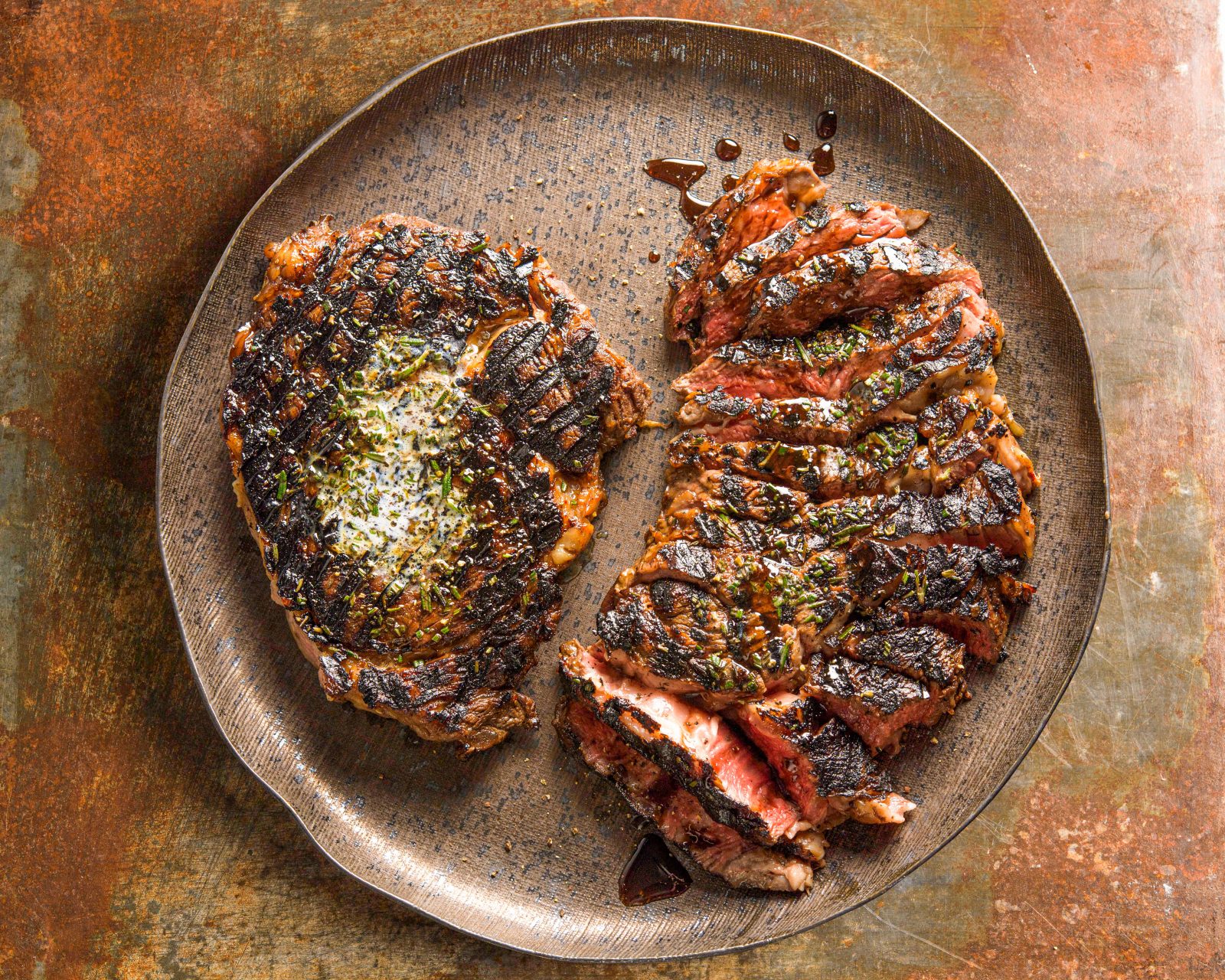
The reverse sear method is a fantastic technique for cooking the perfect ribeye steak. Start by seasoning the steak with kosher salt on all sides and letting it sit at room temperature while preheating your pellet grill or conventional oven to 200 degrees F.
Once your grill or oven has reached the desired temperature, place a meat probe in the thickest part of the ribeye and cook until it reaches an internal temperature about 10 degrees less than your target doneness. For medium rare, aim for around 120 degrees F.
Next, sear the steak over high heat in a cast iron skillet for about 90 seconds to 2 minutes per side, or until you achieve a deep brown crust. If desired, you can add garlic, thyme, rosemary, and butter to the pan and baste the steak with the infused butter.
Allow the steak to rest on a wire rack for about 5 minutes before slicing. Optional: place a slice of compound butter on top of the resting steak for added flavor. Enjoy!
Equipment
To cook the perfect ribeye steak using the reverse sear method, you will need the following equipment:
- Pellet grill or conventional oven
- Cast iron skillet or charcoal grill
- Wire rack and cookie sheet
- Meat probe or thermometer
- High smoke point oil (such as avocado or canola)
- Paper towel
- Slice of compound butter (optional)
Ingredients
– 24 oz Bone In Ribeye (can substitute Strip steak or tenderloin)
– Kosher salt
– Avocado oil (or canola oil)
– Optional: Garlic, thyme, rosemary, and butter for basting
– Optional: Compound butter for serving
Optional Add ons
To enhance the flavor of your ribeye steak, you can add some optional ingredients during the cooking process. One option is to add herbs like rosemary and thyme to the pan along with a few cloves of garlic and butter. You can do this at the end of searing the steak, ensuring that the herbs don’t burn. Another option is to make a garlic herb compound butter and place it on the steak while it’s resting. This will melt onto the steak and add a delicious burst of flavor.
A perfectly cooked ribeye steak pairs well with various side dishes, particularly potatoes. Some popular potato recipes that go well with steak include creamy mashed potatoes, crispy roasted potatoes, or flavorful loaded baked potatoes. These sides complement the rich flavors of the steak and provide a satisfying meal.
The reverse sear method can be used for cooking different cuts of beef, not just ribeye steak. Whether you prefer New York strip steak or filet mignon, you can apply this method to achieve tender and juicy results. Just make sure to cook each cut to its proper internal temperature for optimal taste and texture.
Instructions
To cook the perfect ribeye steak using the reverse sear method, start by seasoning the steak on all sides with kosher salt. Let it sit at room temperature while preheating your pellet grill or conventional oven to 200 degrees F.
Once the grill or oven has reached temperature, place a meat probe in the thickest part of the steak and cook until the internal temperature is about 10 degrees lower than your desired doneness. For medium rare, this would be around 120 degrees F.
Next, sear the steak over high heat in a cast iron skillet for about 90 seconds to 2 minutes per side, until a deep brown crust forms. Use avocado oil in the hot pan for best results.
If desired, you can add garlic, thyme, rosemary, and butter to the pan during the searing process. Baste the steak with the infused butter as it melts.
After searing, let the steak rest on a wire rack for about 5 minutes before slicing. Optionally, you can place a slice of compound butter on top of the steak while it rests to add additional flavor.
Notes
– The reverse sear method is a great technique for cooking thick cuts of steak, like ribeye, to perfection. It allows the steak to cook evenly and reach the desired temperature without drying out.
– When shopping for ribeye steak, you may come across terms like bone in, Tomahawk, or Cowboy cut. These are marketing terms and do not have any official definitions.
– Seasoning the steak with kosher salt and letting it sit at room temperature before cooking helps to enhance the flavor and create a better sear.
– For searing the steak, it is recommended to use a high smoke point oil like avocado or canola instead of olive oil.
– The internal temperature for a perfect medium-rare ribeye steak is around 125-130 degrees F.
– The reverse sear method can be used for other cuts of meat as well, such as pork, fish, or poultry. Just make sure to cook them to their proper internal temperatures.
– Resting the steak on a wire rack after searing allows the juices to redistribute and results in a more flavorful and tender steak.
– You can add additional flavor by using garlic herb compound butter or Chesapeake Crab Butter during resting.
Nutrition
The nutrition content of a ribeye steak prepared using the reverse sear method can vary depending on the size and cut of the steak. However, in general, a 24 oz bone-in ribeye steak contains approximately:
- Protein: 82 grams
- Fat: 80 grams
- Calories: 1,120
This nutritional information is an estimate and may vary based on specific factors such as cooking method, seasoning, and additional ingredients used.
In conclusion, the ribeye pellet grill offers a convenient and efficient way to cook delicious meals with its advanced technology and versatility. Its ability to maintain consistent temperatures, along with easy cleanup and use, makes it an ideal choice for both beginners and experienced grillers. With the ribeye pellet grill, you can enjoy perfectly cooked steaks, burgers, and more every time.
Learn More About Grilling
If you want to learn more about grilling, check out these other helpful resources!

